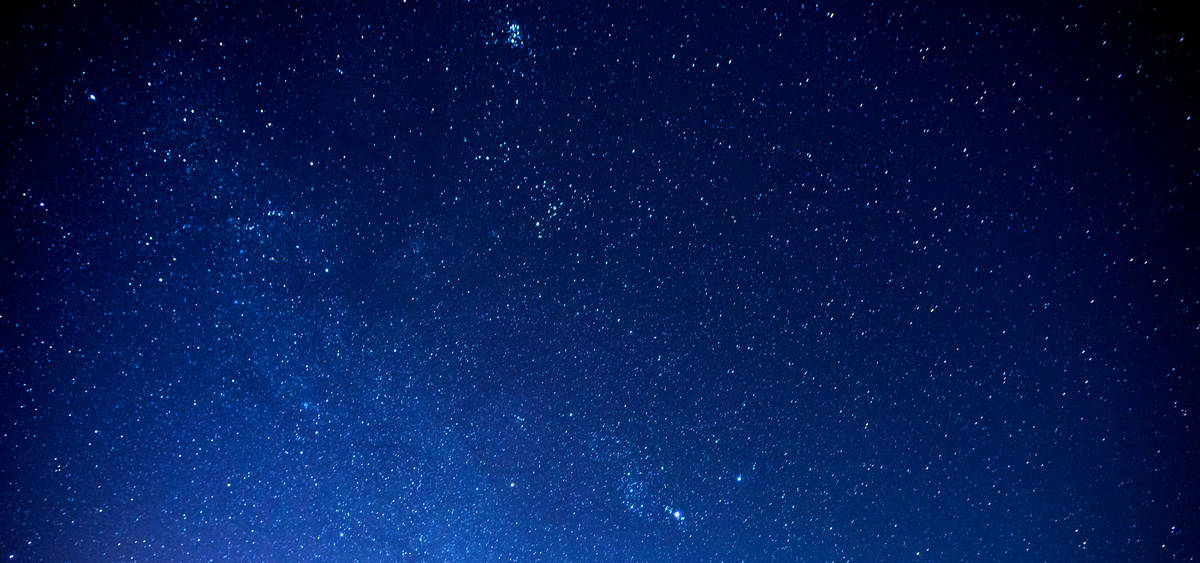
A planetary conjunction is expected on Dec. 21, marking an event that won’t be seen again until 2080.
Jupiter and Saturn have been coming together for the last two weeks, an event expected to culminate Monday evening. The culmination has become popularly known as the “Christmas Star.”
A press release from NASA states, “In 1610, Italian astronomer Galileo Galilei pointed his telescope to the night sky, discovering the four moons of Jupiter – Io, Europa, Ganymede, and Callisto. In that same year, Galileo also discovered a strange oval surrounding Saturn, which later observations determined to be its rings. These discoveries changed how people understood the far reaches of our solar system.
NASA’s release states, “The planets regularly appear to pass each other in the solar system, with the positions of Jupiter and Saturn being aligned in the sky about once every 20 years.
Almost everyone around the globe will be able to view the “great conjunction on Monday. This is the first time in nearly 400 years the planets have come this close. Also, it’s been 800 years since the event occurred at night.
In 1623, a “Great Conjunction” occurred between Jupiter and Saturn, NASA states.
“You can imagine the solar system to be a racetrack, with each of the planets as a runner in their own lane and the Earth toward the center of the stadium,” said Henry Throop, astronomer in the Planetary Science Division at NASA Headquarters in Washington, said in a press release. “From our vantage point, we’ll be able to be to see Jupiter on the inside lane, approaching Saturn all month and finally overtaking it on December 21.”
The event isn’t set to occur again until 2080.
For those who would like to see this phenomenon for themselves, here’s what to do:
Find a spot with an unobstructed view of the sky, such as a field or park. Jupiter and Saturn are bright, so they can be seen even from most cities.
An hour after sunset, look to the southwestern sky. Jupiter will look like a bright star and be easily visible. Saturn will be slightly fainter and will appear slightly above and to the left of Jupiter until December 21, when Jupiter will overtake it and they will reverse positions in the sky.
The planets can be seen with the unaided eye, but if you have binoculars or a small telescope, you may be able to see Jupiter’s four large moons orbiting the giant planet.